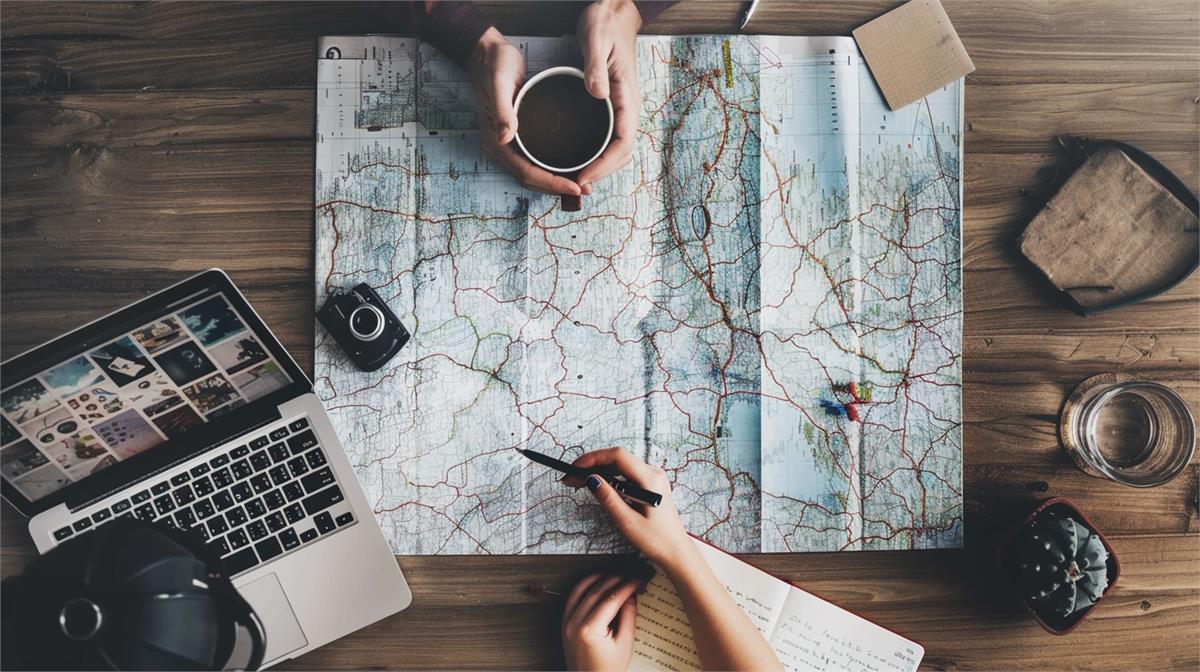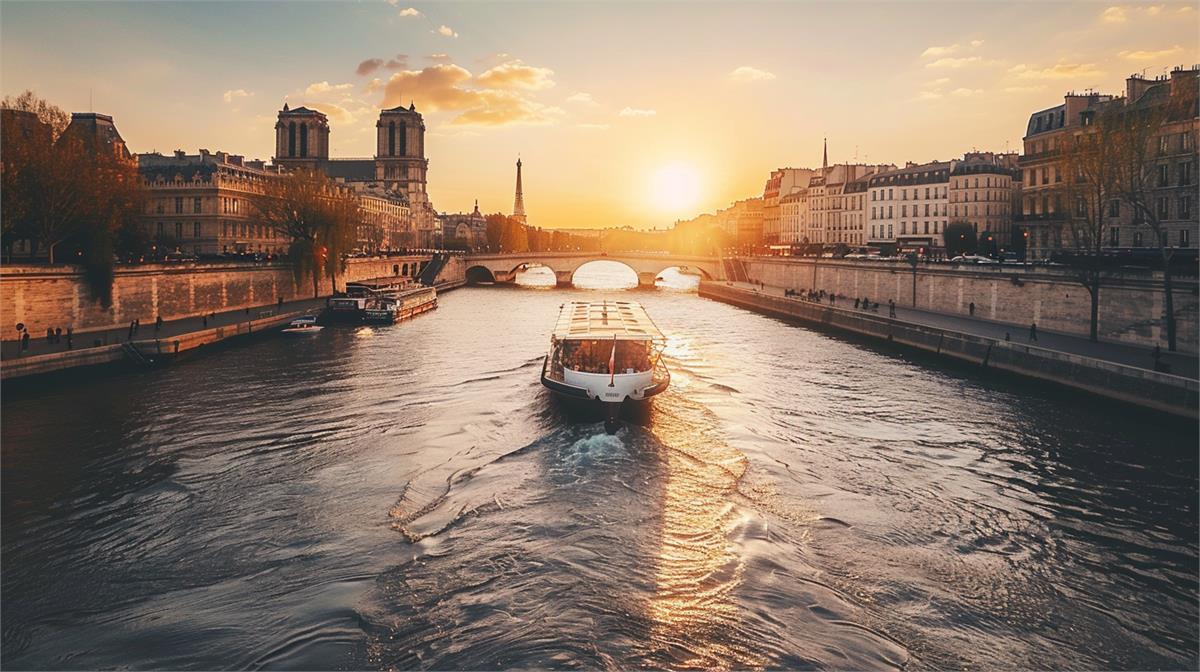Pre-Planning a Travel Trip
A Comprehensive Guide
Stay Updated
| Title | Pre-Planning a Travel Trip |
| Subtitle | A Comprehensive Guide |
| Description | Traveling is one of the most rewarding experiences you can have. It offers a chance to explore new cultures, try new foods, and create lasting memories. However, to ensure a smooth and enjoyable trip, proper planning is essential. This guide will walk you through the key steps to pre-planning your travel trip, from choosing your destination to packing your bags. Step 1: Choosing Your Destination The first step in planning any trip is deciding where you want to go. Consider the following factors when making your decision: Interests and Activities Think about what you enjoy doing. Are you a history buff who loves exploring ancient ruins, or do you prefer relaxing on a sunny beach? Your interests should guide your destination choice. For example, if you love outdoor activities, you might consider destinations like New Zealand or Switzerland, known for their hiking and adventure sports. Budget Your budget will significantly impact your destination options. Some countries are more affordable than others, so research the cost of living and travel expenses in various places. Southeast Asia, for example, is known for being budget-friendly, while Europe can be more expensive. Factor in the cost of flights, accommodation, food, and activities to get a realistic idea of your total expenses. Time of Year Consider the weather and tourist seasons. Traveling during the off-season can save you money and help you avoid crowds, but make sure the weather is suitable for the activities you plan to do. For instance, visiting Japan in spring during the cherry blossom season is popular but crowded, while traveling in winter can offer unique experiences like skiing in Hokkaido. Safety and Health Check travel advisories and health recommendations for your chosen destination. Make sure it's safe and that you have access to any necessary medical care. Research common health concerns, such as malaria in tropical regions, and take necessary precautions. Step 2: Research and Planning Once you've chosen your destination, it's time to dive into the details. This phase involves extensive research and making critical decisions. Itinerary Create a rough itinerary outlining the places you want to visit and the activities you want to do. This will help you make the most of your time and ensure you don't miss any must-see attractions. For example, if you're visiting Italy, you might plan to spend a few days in Rome exploring the Colosseum and Vatican City, followed by a trip to Florence for its art museums, and ending in Venice for its canals. Accommodation Research accommodation options that fit your budget and preferences. Consider factors like location, amenities, and reviews. Booking in advance can save you money and provide peace of mind. Websites like Booking.com and Airbnb offer a range of options from luxury hotels to budget-friendly hostels. Check reviews on TripAdvisor to ensure you're choosing a reputable place. Transportation Plan how you'll get to your destination and how you'll get around once you're there. Look into flights, trains, buses, and car rentals. Don’t forget to consider public transportation options, which can be both affordable and efficient. For instance, Europe has an extensive rail network, while cities like New York and Tokyo have reliable subway systems. Budget Planning Estimate the total cost of your trip, including transportation, accommodation, food, activities, and souvenirs. It's always a good idea to have a contingency fund for unexpected expenses. Use budgeting apps like Trail Wallet or TravelSpend to keep track of your expenses. Step 3: Preparing Documents and Finances Before you set off on your adventure, make sure all your documents and finances are in order. Passport and Visas Check the expiration date on your passport and apply for any necessary visas well in advance. Some countries require visas that can take several weeks to process. Websites like iVisa can help you determine if you need a visa and assist with the application process. Travel Insurance Purchase travel insurance to protect yourself against unforeseen events like trip cancellations, medical emergencies, or lost luggage. It's a small investment for peace of mind. Compare plans on websites like World Nomads or InsureMyTrip to find the best coverage for your needs. Health Precautions Visit your doctor to discuss any vaccinations or medications you might need for your destination. Carry a copy of your medical records and a list of any prescriptions you're taking. For example, if you're traveling to tropical areas, you might need vaccinations for diseases like yellow fever or typhoid. Finances Notify your bank of your travel plans to avoid any issues with your credit or debit cards. Carry multiple forms of payment, including cash and cards. It's also a good idea to have some local currency on hand for when you arrive. Use apps like XE Currency to keep track of exchange rates. Step 4: Packing Smartly Packing can make or break your travel experience. Here’s how to pack smartly and efficiently. Create a Packing List Make a list of everything you'll need for your trip. This should include clothing, toiletries, electronics, and any special items for specific activities. Use packing apps like PackPoint to generate a customized packing list based on your destination and activities. Pack Light Stick to the essentials and avoid overpacking. Choose versatile clothing that can be mixed and matched, and consider the climate of your destination. For instance, if you're heading to a tropical destination, lightweight, breathable fabrics are essential, while layers are key for colder climates. Important Items Ensure you have all important documents, including your passport, tickets, travel insurance, and a copy of your itinerary. Keep these in a safe, easily accessible place. Consider using a travel wallet to keep everything organized. Electronics and Gadgets Don’t forget chargers, adapters, and any necessary electronics like cameras or e-readers. It's also helpful to have a power bank for charging devices on the go. Pack a universal adapter if you're traveling to multiple countries with different plug types. Health and Safety Pack a small first aid kit with band-aids, pain relievers, and any personal medications. Also, consider items like sunscreen, insect repellent, and a reusable water bottle. If you're traveling to areas with questionable water quality, consider bringing a portable water filter or purification tablets. Step 5: Final Preparations As your departure date approaches, there are a few final preparations to ensure everything goes smoothly. Confirm Reservations Double-check all your reservations, including flights, accommodation, and any tours or activities you've booked. Print copies or save them on your phone. Keep a digital backup of important documents on cloud storage services like Google Drive or Dropbox. Plan Your First Day Plan out the first day of your trip, including how you'll get from the airport to your accommodation. This will help you start your trip with less stress. Research airport transfer options, such as shuttle services, public transport, or ride-hailing apps like Uber. Stay Informed Keep an eye on the news for any developments at your destination that could affect your trip. Stay informed about weather conditions, political situations, or any travel advisories. Sign up for alerts from the State Department or your country's equivalent. Secure Your Home Before leaving, make sure your home is secure. Arrange for a friend or neighbor to check on your house, collect mail, and take care of any plants or pets. Set timers on lights to give the appearance that someone is home. Conclusion Pre-planning a travel trip might seem overwhelming, but it's the key to a successful and enjoyable journey. By following these steps, you'll be well-prepared to make the most of your adventure. Remember, a well-planned trip allows you to focus on the joy of exploring new places and creating unforgettable memories. Safe travels! |



